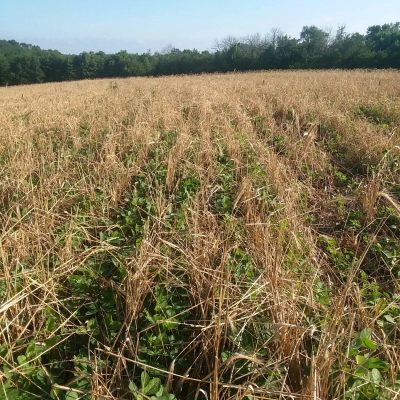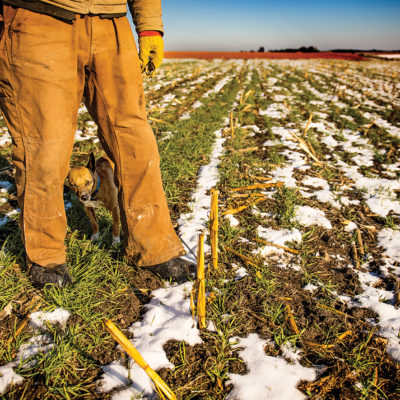Restoring the Resource
I coordinate a project in western Minnesota that is based on the idea that producing positive environmental impacts in a watershed can happen without having to remake the entire region’s landscape. Scientific studies and on-the-farm experience suggest that just a 10 percent increase in diverse crop rotations, grasses and other perennial plant systems can be enough to meaningfully improve the safety of the water, reduce flood potential, restore wildlife habitat and stimulate a thriving local and regional foods economy. This is especially true if we can target fields that are particularly sensitive to problems like erosion.

